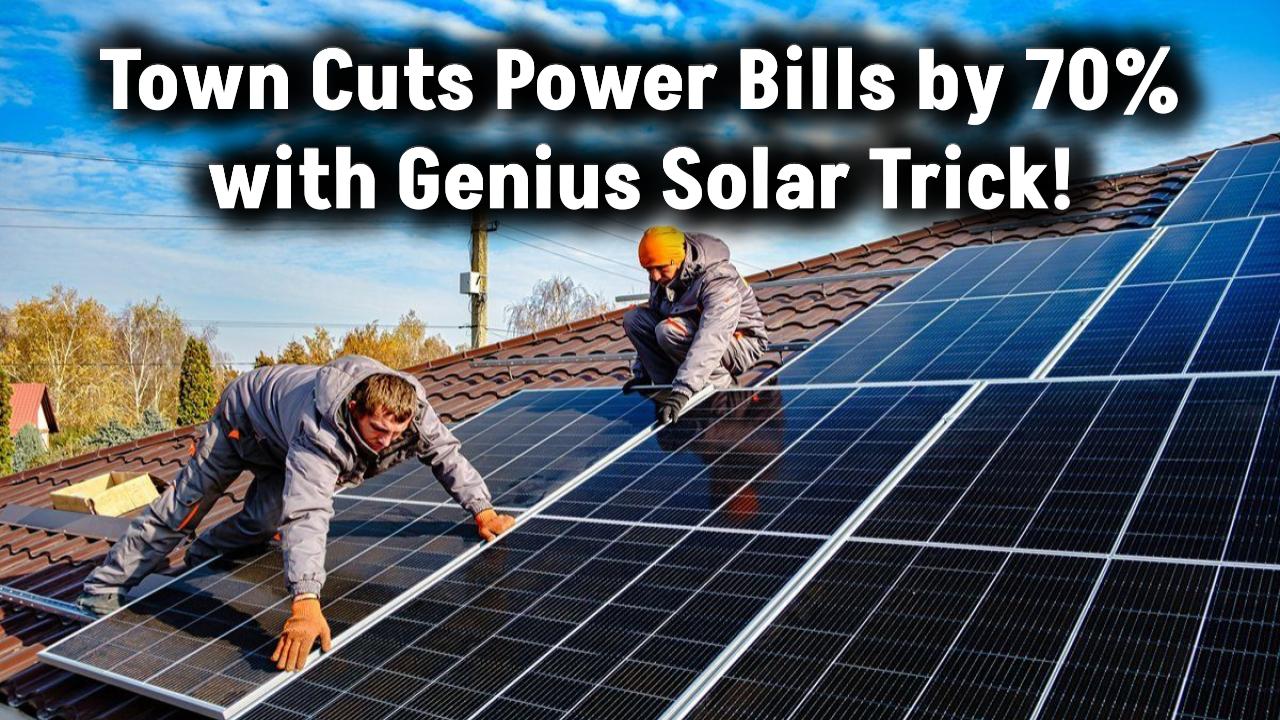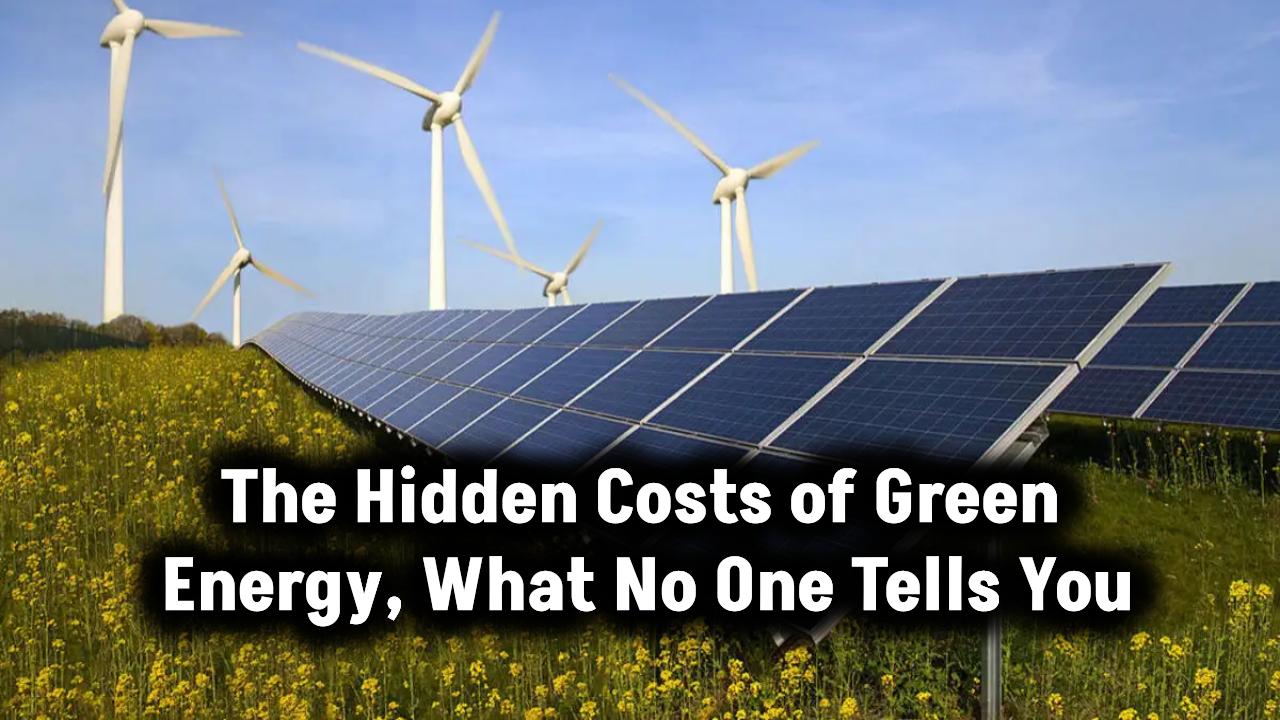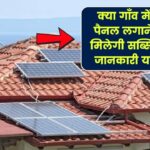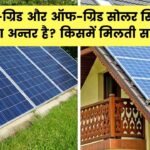
Solar power is one of the most efficient, cost-effective, and sustainable sources of energy available today. In recent years, Americans have been increasingly turning their rooftops into solar goldmines, generating free, clean electricity and reducing their carbon footprints. The question is—how can you tap into this solar revolution and make the most out of your roof? In this article, we’ll explore the rise of rooftop solar panels, break down the steps to installing them, and provide a detailed guide on how you can save money, increase your home’s value, and contribute to a greener planet.
Also Check: Flexible Solar Cells Smash Efficiency Records – A New Era for Clean Energy!
The Growing Popularity of Solar Panels in the U.S.
In the past decade, solar energy has transformed from a niche technology to a mainstream solution for homeowners. With rising electricity costs, concerns about climate change, and the increasing affordability of solar technology, more and more people are choosing to install solar panels on their roofs.
According to the Solar Energy Industries Association (SEIA), the U.S. solar market grew by over 25% in 2020 alone, and the trend is expected to continue. One of the main driving forces behind this growth is the significant reduction in solar panel costs. The price of solar panels has dropped by 70% over the past decade, making them more accessible than ever before.
Homeowners who make the switch to solar can expect to see reduced electricity bills, increased home value, and the satisfaction of contributing to a cleaner, more sustainable energy future.
Why Are Americans Turning Their Roofs into Solar Goldmines?
Solar energy systems provide many benefits to homeowners, ranging from financial savings to environmental impact. Here’s why more Americans are making the switch:
1. Cost Savings on Electricity Bills
One of the primary reasons people choose solar energy is the potential for substantial savings on electricity bills. Depending on the size of the system and the energy needs of the household, homeowners can reduce their monthly power bills by as much as 70%.
Solar panels harness energy from the sun, converting it into electricity for your home. This reduces your reliance on the grid and the utility companies, which means you pay less for energy each month. Plus, any excess electricity generated by your solar system can be sold back to the grid, providing even more savings.
2. Environmental Benefits
Solar power is a clean, renewable source of energy. Unlike fossil fuels, solar energy produces no harmful emissions or pollutants. By installing solar panels, homeowners can significantly reduce their carbon footprint.
On average, a single residential solar panel system can reduce 4-5 tons of carbon dioxide per year—equivalent to planting over 100 trees. In addition to reducing greenhouse gas emissions, solar power also helps decrease reliance on non-renewable resources like coal and natural gas, making it a win for both the environment and society.
3. Increased Property Value
Homes equipped with solar energy systems have been shown to sell for more than homes without them. According to a study by the National Renewable Energy Laboratory (NREL), homes with solar panels sell for 4.1% more on average than similar homes without solar. The ability to lower electricity bills is an attractive feature for prospective buyers, making solar homes more desirable.
4. Energy Independence
By generating your own electricity, you’re less reliant on the grid. This is especially valuable in areas where electricity rates are high or power outages are frequent. With solar energy, you gain greater control over your energy costs and reduce your vulnerability to rising utility prices or disruptions in the power supply.
Also Check: First Solar’s Stock Blasts Past $140! Here’s Why Investors Are Buzzing
How to Turn Your Roof Into a Solar Goldmine
Step 1: Assess Your Roof’s Suitability for Solar Panels
Before you start planning your solar installation, it’s essential to determine if your roof is suitable for solar panels. Here’s what you need to consider:
- Roof Condition: Your roof should be in good condition. If your roof needs repairs, it’s best to address these before installing solar panels. The panels are expected to last 25 years or more, so installing them on a roof with only a few years of life left would be inefficient.
- Roof Size and Shape: Solar panels require sufficient space to be effective. Ideally, your roof should be large enough to accommodate the panels without obstruction from chimneys, vents, or other rooftop features.
- Sunlight Exposure: Your roof should receive adequate sunlight, especially during the peak hours of 9 a.m. to 3 p.m. If your roof is shaded by trees or nearby buildings, it may not be an ideal candidate for solar panels.
Step 2: Understand Your Energy Needs
The next step is to understand how much energy your home consumes. Your current electricity bill will provide useful information about your average monthly consumption. With this data, a solar provider can help you determine the size of the solar system you need to offset a significant portion (or all) of your energy costs.
Step 3: Evaluate Solar Financing Options
There are several ways to pay for solar panels, depending on your budget and preferences:
- Cash Purchase: Paying for solar panels upfront is the most cost-effective option in the long run. You’ll own the system outright and benefit from the full savings.
- Solar Loans: If you prefer not to pay upfront, you can finance your solar installation through a loan. Many lenders offer solar loans with favorable interest rates and flexible repayment terms.
- Leasing or Power Purchase Agreements (PPAs): With a solar lease or PPA, a third party owns the system, and you pay a fixed monthly fee or for the electricity it generates. While this option has no upfront cost, you won’t be able to take advantage of incentives or full savings.
Step 4: Choose a Reputable Solar Installer
Selecting a qualified solar installer is crucial to the success of your project. Be sure to choose a company that is licensed, insured, and experienced in installing residential solar systems. Look for installers with good reviews and a proven track record.
Many installers will provide free consultations and quotes, so take advantage of these to compare pricing, system offerings, and warranties.
Step 5: Installation and Activation
Once you’ve selected an installer, it’s time to schedule your installation. Most installations take one to three days to complete. During this time, the installer will place the panels on your roof, connect the system to your electrical panel, and set up the necessary monitoring equipment.
After the installation is complete, your system will undergo a final inspection by local authorities to ensure everything is up to code. Once approved, the system is activated, and you can begin generating solar energy.
Step 6: Monitor Your System’s Performance
After installation, it’s essential to monitor your system’s performance to ensure it’s operating at peak efficiency. Many solar systems come with monitoring tools that allow you to track your energy production, consumption, and savings. Monitoring is crucial for identifying any issues with the system early, ensuring you get the maximum return on your investment.
(FAQs)
1. How much do solar panels cost?
The cost of installing solar panels can range from $15,000 to $40,000, depending on the size of the system and location. However, tax credits, rebates, and other incentives can significantly reduce this cost.
2. How long do solar panels last?
Solar panels typically last between 25 to 30 years. While their efficiency decreases slightly over time, they can continue generating electricity for much longer.
3. Do I need to be connected to the grid?
No, you don’t have to be connected to the grid, but it’s common to stay connected. A grid-tied system allows you to send excess energy back to the grid for credit, whereas an off-grid system relies entirely on batteries to store excess energy.
4. Can I install solar panels myself?
While it’s possible to install solar panels yourself, it’s not recommended. Solar installations involve electrical work and require proper permitting and inspection. It’s best to hire a certified professional
Also Check: 8 Out of 10 Homeowners Agree – Rooftop Solar Changed Their Lives! Find Out Why









